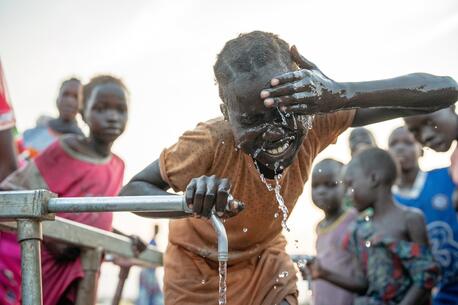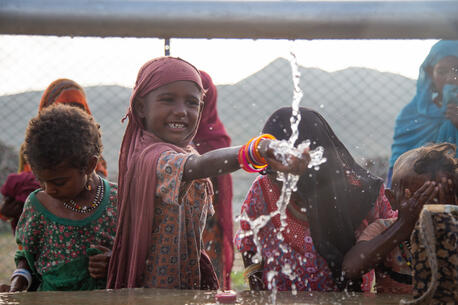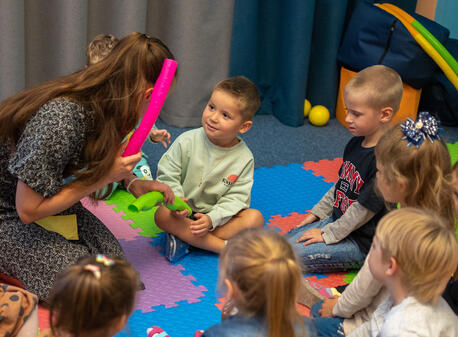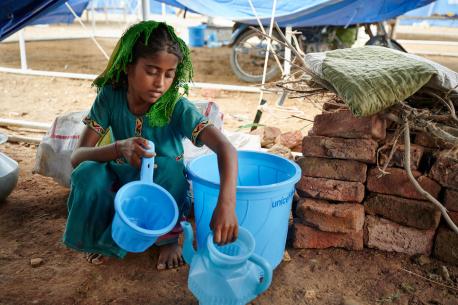
New UNICEF-WHO Report Reveals More About Water Burden on Girls
In 7 out of 10 households worldwide, the responsibility for fetching water — often without supplies on hand — falls on women and girls. A new report by UNICEF and WHO digs deeper into global gender inequalities related to accessing water and also sanitation and hygiene, and calls for concerted efforts to address them while accelerating progress toward global goals.
First, the good news: there has been some progress towards achieving universal access to safe and sufficient water, sanitation and hygiene (WASH), an important Sustainable Development Goal for 2030.
Between 2015 and 2022:
- household access to safely managed drinking water increased from 69 to 73 percent
- safely managed sanitation increased from 49 to 57 percent
- basic hygiene services increased from 67 to 75 percent
However: behind these encouraging numbers, some serious issues persist, according to a new UNICEF-WHO analysis.
Globally, women are most likely to be responsible for fetching water for households, while girls are nearly twice as likely as boys to bear the responsibility, and spend more time doing it each day, the report, a first-ever in-depth analysis of gender inequalities in WASH, notes.
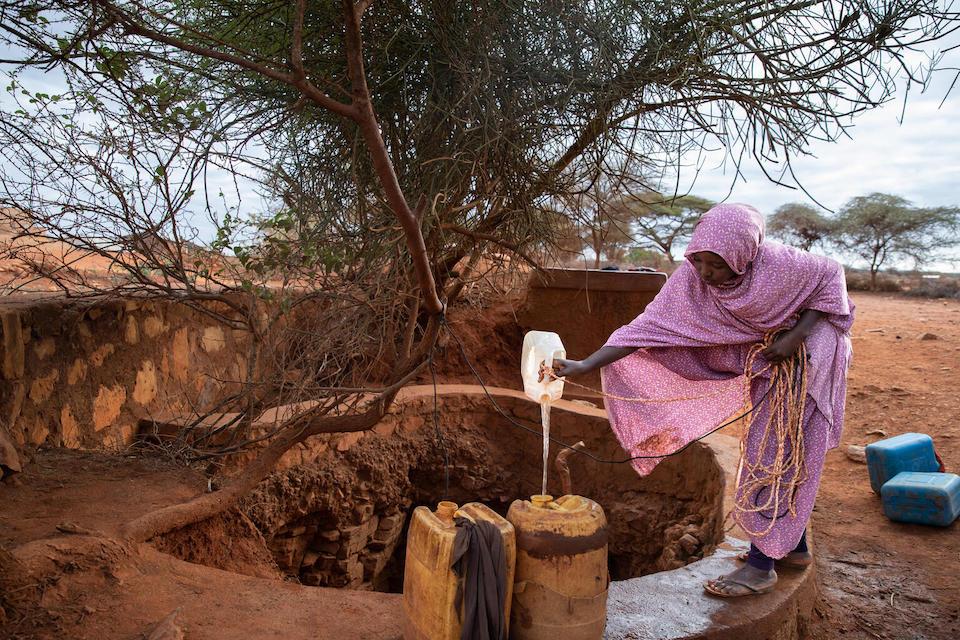
Women and girls aged 15 and older are primarily responsible for water collection in 7 out of 10 such households, compared with 3 in 10 households for their male peers, according to the report. Girls under age 15 are also more likely than boys under 15 to fetch water.
In most cases, women and girls make longer journeys to collect water, losing time in education, work and leisure — while also putting themselves at risk of physical injury and dangers along the way.
"Every step a girl takes to collect water is a step away from learning, play, and safety," said Cecilia Sharp, UNICEF Director of WASH and CEED [Climate, Energy, Environment and Disaster Risk Reduction]. "Unsafe water, toilets and handwashing at home robs girls of their potential, compromises their well-being, and perpetuates cycles of poverty."
In world quest for universal access to safe water, sanitation and hygiene, gender inequalities persist
Some other key takeaways:
- more than half a billion people still share sanitation facilities with other households, compromising women's and girls' privacy, dignity, and safety
- women and girls are more likely to feel unsafe using a toilet outside of the home and disproportionately feel the impact of lack of hygiene; inadequate WASH services increase health risks for women and girls and limit their ability to safely and privately manage their periods
The report also points out that despite the progress toward SDG 6, which covers clean water and sanitation, achieving the goal's targets of universal access to safely managed drinking water, sanitation, and basic hygiene services by 2030 will require some major scaling up of ongoing programs and initiatives. Around 2.2 billion people – or 1 in 4 – still lack safely managed drinking water at home; 3.4 billion people – or 2 in 5 – do not have safely managed sanitation; and roughly 2 billion people – or 1 in 4 – cannot wash their hands with soap and water at home.
Around 2.2 billion people – or 1 in 4 – still lack safely managed drinking water at home
In releasing the report, UNICEF and WHO are advocating that progress on WASH be pursued in ways that contribute towards gender equality. This includes integrating gender considerations into WASH programs and policies and disaggregated data collection and analysis to inform targeted interventions that address the specific needs of women and girls and other vulnerable groups.
"Responding to girls' needs in the design and implementation of WASH programs is critical to reaching universal access to water and sanitation and achieving gender equality and empowerment," Sharp said.
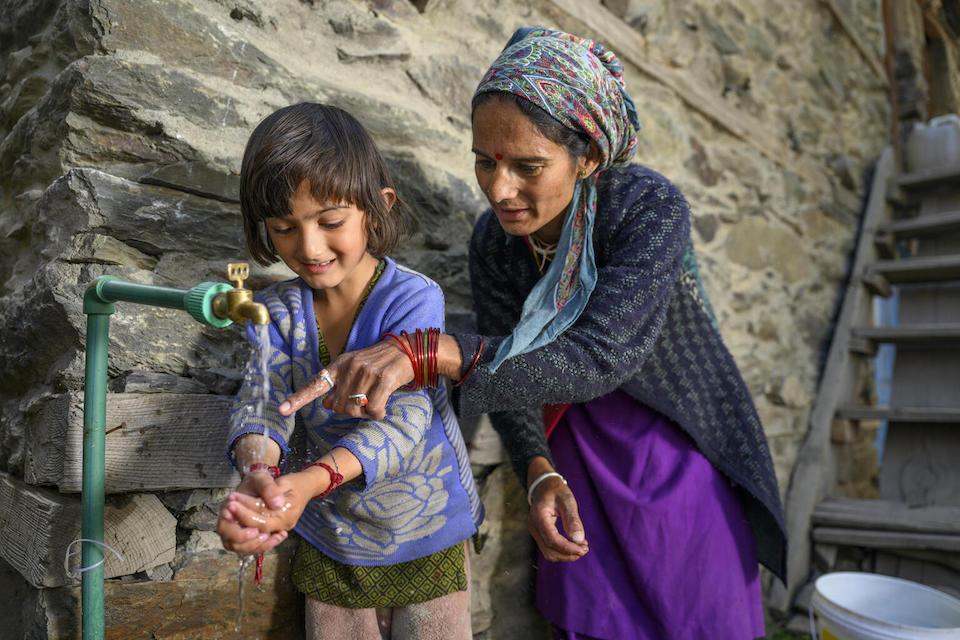
Learn more: Read Progress on household drinking water, sanitation and hygiene (WASH) 2000-2022: Special focus on gender.*
*This WHO/UNICEF Joint Monitoring Program (JMP) report presents data on global progress towards achieving universal access to safe drinking water, sanitation and hygiene (WASH). It includes emerging data on menstrual health and hygiene, and provides a first-ever in-depth analysis of gender inequalities — highlighting the risks women and girls face from inadequate access to safe WASH in those countries for which national statistics are available.
UNICEF works in over 190 countries and territories to deliver vital services — including safe water, sanitation and hygiene — to vulnerable children and families. Your tax-free donation can help increase UNICEF's impact. Please donate.
